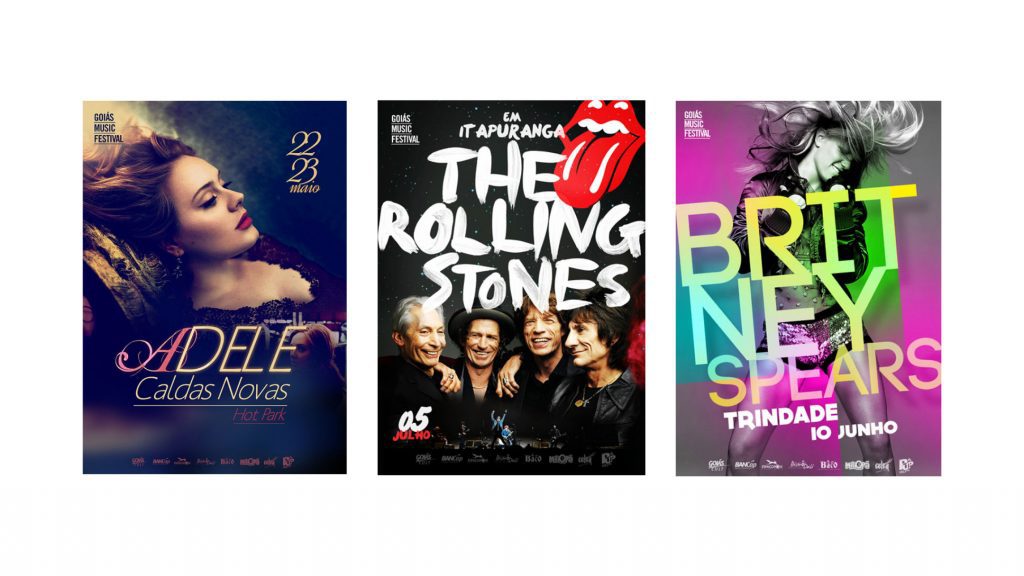More important than consistency in generating content is consistency in voice, tone and marketing style.
Think about the commercials and content of the brands you like today. Whether it's the humor they use or the way they make you - the customer - feel validated. You're probably paying attention to what they have to say, from the TV screen to social media posts.
The Porta dos Fundos comedy video production company - consistent in its satirical and daring way of doing comedy - has built up a style of language that is often incorporated into everyday life, who doesn't remember Judith?
Another example was Burger King, which has many successful cases in its portfolio for its authentic and consistent tone of voice. In 2019, the restaurant chain developed an ingenious action based on consistency.
It all started with a handful of influencers reacting to some strange behavior on the official Burger King website.
The first news came from a famous @Nadeshot player who found Burger King's like on his post from 9 years ago strange.
Other influencers also began to notice the same behavior of the page in their old posts, making the same confusing comments. It was suspicious behavior for such a large company and all tweets from exactly nine years earlier.
Why was Burger King doing this?
A few weeks later, when there was already an uproar on Twitter, the Burger King page revealed it:
"Some things from 2010 are worth revisiting, like his old tweets and "funnel cake fries." Get yours, for a limited time."
Countless influencers were tweeting the words Burger King. It was huge. So BK got a huge number of views per like, all for free. These influencers usually charge thousands of dollars just to mention these brand names.
There were some negative reactions, but this is a factor to be considered in any interference in the virtual environment, just like Porta dos Fundos, and those who expose themselves have their share of unlikes.
PR Weekly conducted a survey to see what the public thought of Burger King's tactic with influencers, and 54% said it was brilliant. The other results were: 16% - Using influencers is bad, 22% - BK just liked old posts, 8% - No, they deserve it.
The consistency factor in tone of voice and marketing style paid off positively.
In Goiás, in 2013, the same year that Sir Paul McCartney visited us, a group of designers I was part of, interested in the same infinite possibilities of language on social networks, created a fictitious festival called the Goiás Music Festival.
We created realistic posters of super musical productions with artists like Madonna, who would perform in small towns in Goiás. The attraction was: Madonna in Acreúna, Britney Spears in Trindade, ACDC in Interlândia, U2 in Abadiânia, Adele in Caldas Novas and many others.

The response to something so visually desirable and credible was a melting pot of emotions, from ecstasy to disbelief, and it went viral in hours. We in the group were so amazed that we couldn't imagine such a reaction being possible. At the time, the O Popular newspaper came to us to find out more about the action and we simply couldn't explain what was going on. Arnaldo Antunes, one of the artists who was included in the joke, even gave us a humorous reply about the poster in which we paid tribute to him. The official Rolling Stones website also joined in the fun and published the poster on its website. In short, the good humor and also the disappointment of fans in the countless comments and conversations that developed with the action unfortunately gave us a short life.
At the time, Facebook's terms of use were very nebulous in their understanding and interpretation and it viewed the joke as a threatening, obscene page that attacked groups or individuals. In the network's words, our page was flagged for containing hate speech. End of story. End of experiment.
We've learned that by giving consistency to our tone of voice, we can spontaneously engage with people. It doesn't matter if it's fictitious, a gimmick or satire. Find your TONE OF VOICE to get noticed.
And it's worth remembering that who you are must come from within. Yes, that sounds cheesy, but it means that your organization must start from within, positioning the voice of your brand with those who speak it every day and practicing CONSISTENCY. The natural path of this action is to reverberate, effortlessly, like a virus.
From ego to empathy
As a young designer you may have heard this phrase a lot. But what does it mean? As someone who is pretty empathetic and self-critical, I never felt like it applied to me. But in retrospect, I think that's because most people use "ego" to describe inflated self-importance, when it's really just a word that describes how we understand our personal identity.
The distinction is important because letting go of your ego can be a nuanced practice in empathy. It's not just advice for arrogant jerks, it's essential for anyone working professionally. As a designer, my thoughts, tastes and keystrokes obviously are part of the equation, but it took some time to figure out that I could not create work in a silo as a reflection of my "aesthetic."
To some of you this might sound like a bummer, but when you take on a client's challenges and their point of view, you will have to think differently. You will find new approaches and you will grow. But more on that later.
"As a young designer you may have heard this phrase a lot. But what does it mean? As someone who is pretty empathetic and self-critical, I never felt like it applied to me."
Ernst Neufert in "The art of architectural design".

OK, but what does this have to do with my brand?
As a young designer you may have heard this phrase a lot. But what does it mean? As someone who is pretty empathetic and self-critical, I never felt like it applied to me. But in retrospect, I think that's because most people use "ego" to describe inflated self-importance, when it's really just a word that describes how we understand our personal identity.

As a young designer you may have heard this phrase a lot. But what does it mean? As someone who is pretty empathetic and self-critical, I never felt like it applied to me. But in retrospect, I think that's because most people use "ego" to describe inflated self-importance, when it's really just a word that describes how we understand our personal identity.
From ego to empathy

As a young designer you may have heard this phrase a lot. But what does it mean? As someone who is pretty empathetic and self-critical, I never felt like it applied to me. But in retrospect, I think that's because most people use "ego" to describe inflated self-importance, when it's really just a word that describes how we understand our personal identity.
The distinction is important because letting go of your ego can be a nuanced practice in empathy. It's not just advice for arrogant jerks, it's essential for anyone working professionally. As a designer, my thoughts, tastes and keystrokes obviously are part of the equation, but it took some time to figure out that I could not create work in a silo as a reflection of my "aesthetic."
Famous last words
As a young designer you may have heard this phrase a lot. But what does it mean? As someone who is pretty empathetic and self-critical, I never felt like it applied to me. But in retrospect, I think that's because most people use "ego" to describe inflated self-importance, when it's really just a word that describes how we understand our personal identity.
Hope this answers some of your questions, Dmitro.
- Author's name
